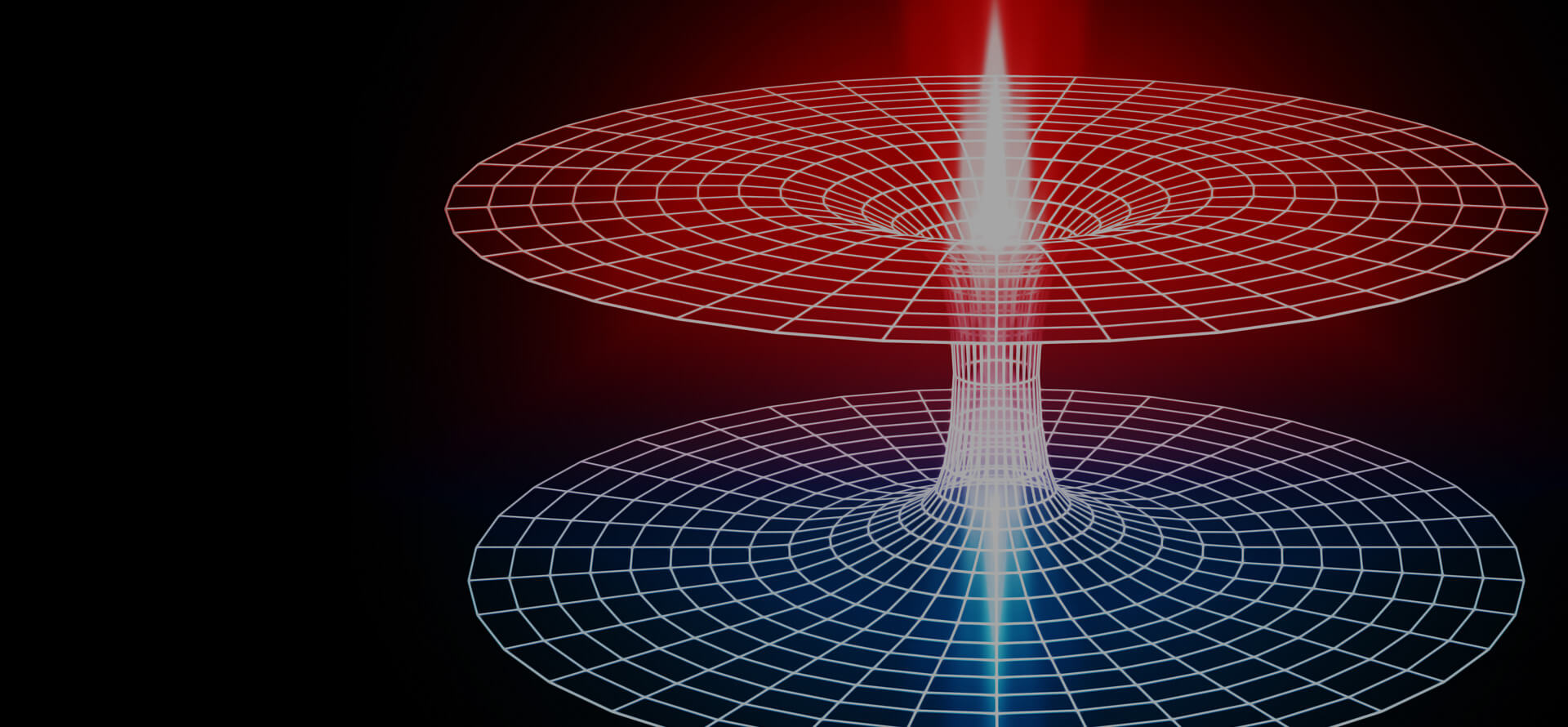Shep Doeleman | Time
April 17, 2024
For astronomers, seeing evidence in the sky of something predicted from pure theory brings with it a special joy. A burst of excitement as a puzzle piece falls into place.
In November, a novel approach developed years ago by Priyamvada Natarajan brought us closer to understanding a basic mystery in astronomy: How do the supermassive black holes that lurk at the centers of most galaxies form? She had speculated that they might have gotten a jump start in the very early universe if clouds of gas collapsed to form massive black-hole “seeds” that then grew within their host galaxies over billions of years. It took the piercing gaze of the James Webb Space Telescope to finally observe a galaxy so far back in cosmic time, and with a central black hole so massive, that what scientists saw could be explained naturally by Priya’s theory.
Full article can be found here.



